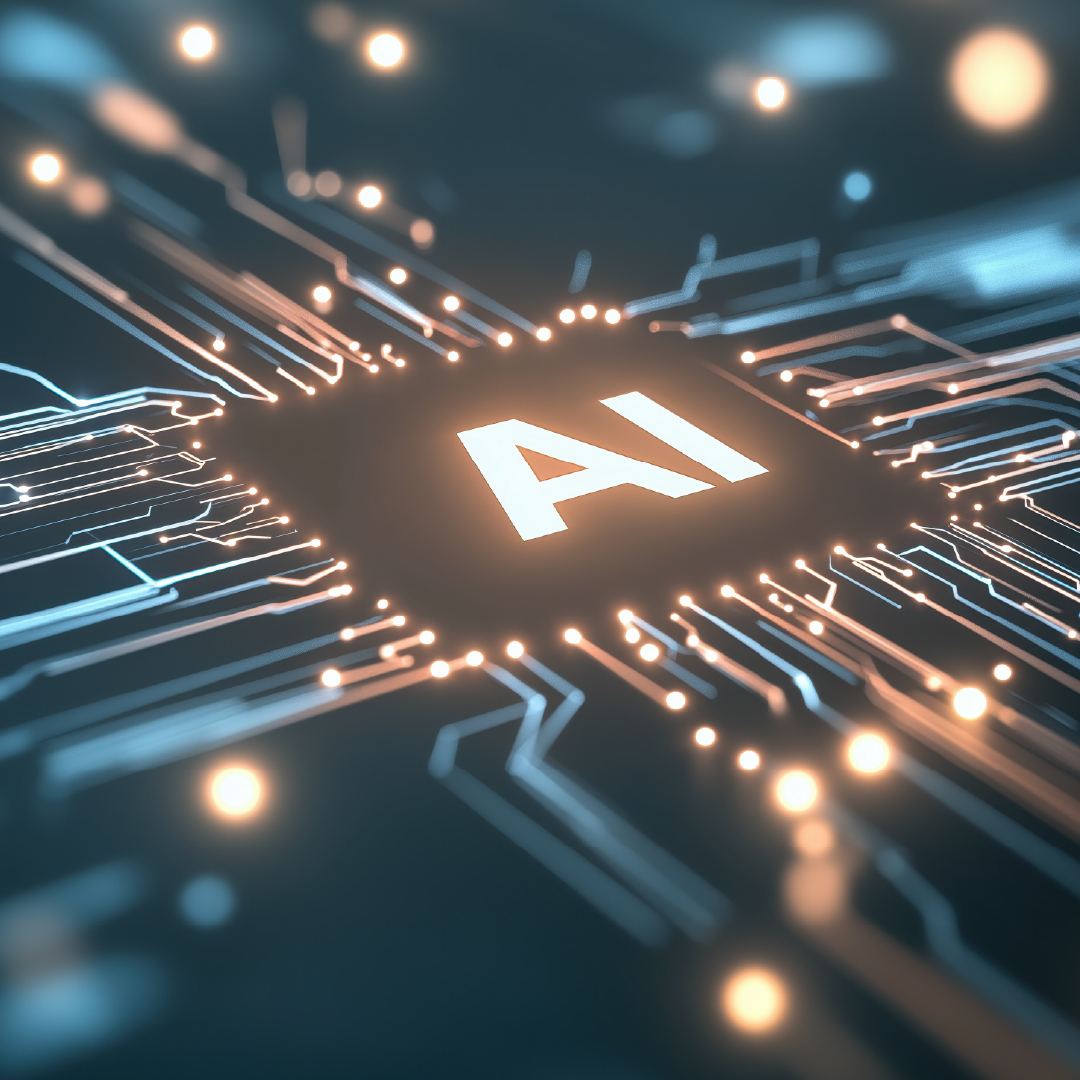Leveraging AI to Transform Corporate R and D.
August, 2025
TDNet
As Artificial Intelligence (AI) continues to improve and expand into almost every area of our lives, it is helping corporate R&D teams speed up discovery and innovation. Researchers are working more efficiently, uncovering connections that might otherwise have gone unnoticed and finding solutions to the most demanding research challenges.
Effectively leveraging AI is a necessity for today’s corporate organizations to stay afloat – let alone, competitive – in today’s fast-paced innovation landscape.

Harnessing AI’s Research Benefits
Below, we outline some of the many ways corporate R&D teams can leverage AI to streamline research processes, improve decision-making, and find novel solutions that drive business impact.
Speeding Up Discovery
AI tools excel at processing large datasets quickly and efficiently. By analyzing extensive research publications, they can surface key metrics and identify emerging scientific trends and innovation opportunities. AI can also efficiently extract and summarize relevant findings from the literature, enabling R&D professionals to focus their expertise on leveraging these insights.
Optimizing Search Efficiency
With the vast volume of data published daily, finding relevant information has become more challenging than ever. AI and Natural Language Processing can significantly improve search efficiency by quickly surfacing the most pertinent sources. This allows R&D professionals to spend less time locating and more time analyzing and drawing meaningful conclusions from the most valuable sources.
Automating Routine Tasks
In corporate R&D, time-consuming tasks like data entry and literature reviews can slow down progress and divert focus from high-value activities. AI can be strategically applied to automate these routine processes, allowing researchers to concentrate on critical analysis, problem-solving, and generating innovative ideas that drive product development forward.
Uncovering Hidden Patterns and Enhancing Models
AI excels at analyzing massive datasets from diverse sources such as research papers, patents, and market data. Its ability to detect subtle trends and correlations that might escape human notice is revolutionizing experimental design and predictive modeling. These capabilities are improving research efficiency along with the accuracy of prediction models, scenario simulations, and risk identification in areas like clinical trials, materials testing, and market analysis.
Driving Innovation Across Fields
R&D teams are using AI to integrate insights from diverse fields, exploring ideas that sit outside traditional discipline boundaries and uncovering solutions that may never have been imagined. AI algorithms can analyze molecular structures to discover new materials and compounds with desired characteristics, accelerating drug discovery and materials science. AI-powered generative design tools can create novel product designs and solutions that meet specific requirements. AI is also facilitating knowledge sharing and collaboration, transforming how R&D teams connect and innovate.
Decision Making and Risk Reduction
AI helps R&D teams assess risks and track market trends more effectively, making informed decisions based on comprehensive and nuanced data and insights. Going beyond traditional reactive risk management approaches, AI predicts risks before they materialize. AI-driven models also continuously learn and adapt, improving their ability to detect anomalies and evolving risks, which helps organizations stay ahead of increasingly complex challenges.
Knowledge Preservation
Corporate R&D teams are also leveraging AI to create institutional knowledge systems, preserving insights across projects and research cycles. AI ensures valuable information isn’t lost when team members move on, and helps new researchers get up to speed faster.
AI Risks to Consider
We all know that AI isn’t perfect (yet). While it offers tremendous benefits to researchers at organizations of all types, using AI in the corporate R&D process introduces a number of risks that must be carefully managed. A few serious risks include:
- Overreliance: Blind trust in AI outputs can lead to costly errors if underlying models are flawed or if the AI model relies on unreliable or incomplete data.
- Bias: AI systems trained on biased data may perpetuate or amplify those biases, skewing results and unintentionally excluding important perspectives. This threatens the fairness and validity of research outcomes.
Threats to Data Privacy: Handling sensitive or proprietary data requires stringent safeguards – especially in fields dealing with confidential information, such as medicine.

Using AI Responsibly in Corporate R&D
To harness AI effectively and avoid common pitfalls, some practical guidelines are in order. Here are six rules of thumb corporate R&D teams should keep in mind when integrating AI into their workflows:
- Stay Critical: Treat AI-generated insights as starting points, not final answers. Always apply expert judgment to validate and interpret AI outputs before drawing conclusions.
- Maintain Oversight: Never rely solely on automation. Keep a human in the loop to oversee AI-driven research processes and decision-making and to ensure that errors or anomalies are caught.
- Check for Bias: Conduct regular audits to detect and mitigate bias. This helps ensure your research outcomes are fair, accurate, and inclusive.
- Use Transparent and Reliable Systems: Leverage AI systems that generate responses based trusted, high-quality literature and transparently present the sources supporting those responses. Transparency supports reproducibility and allows you to apply critical thinking.
- Protect Data Privacy: Protect sensitive data to prevent misuse, breaches, and unauthorized access.
- Stay Informed: AI technology and ethical standards are constantly evolving. Commit to ongoing learning about best practices, emerging risks, and regulatory developments.
Getting the Balance Right
AI is already helping corporate R&D teams bring new products and services to market faster, boost their productivity, discover solutions for a competitive advantage, and reduce costs through process optimization. If we leverage it carefully, AI has the potential to speed up scientific breakthroughs and open new avenues for corporate innovation across disciplines. But responsible use of AI is critical to ensure these advancements do not come at the expense of scientific rigor or ethics.
By prioritizing transparency, actively mitigating bias, and keeping human expertise at the center of research and decision-making processes, R&D teams and the broader scientific community can preserve research integrity while harnessing AI’s transformative potential to find novel connections and solutions to complex challenges faster than ever before.
AI-Enhanced Discovery for Corporate Research
AI-based discovery engines like TDNet Discover are already outperforming traditional search engines, connecting the context behind users’ queries to a more detailed analysis of information resources than has previously been possible. These systems can quickly surface the most relevant sources based on advanced semantic search, and also quickly and effectively synthesize information – making sense of mountains of data and scientific papers and helping researchers to dive deeper. This transformation is opening doors to new ideas, speeding up research cycles, and accelerating progress in fields ranging from medicine to materials science and beyond.
At TDNet, we integrate AI thoughtfully within our service suite to enhance discovery and knowledge management while supporting responsible, rigorous research practices. By combining advanced AI capabilities with trusted sources, we empower corporate R&D teams to enhance their workflows and navigate millions of scholarly information resources with confidence.
Explore TDNet’s solutions for corporate institutions >